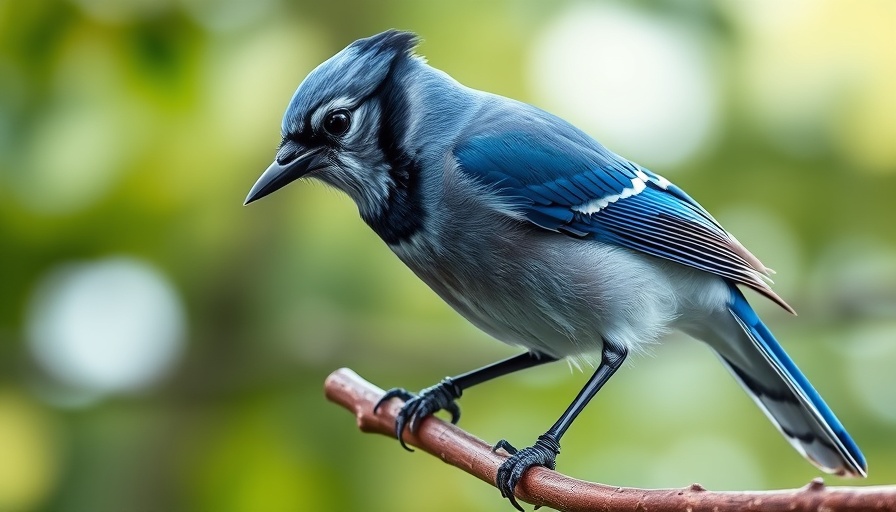
The Speedy Architects of the Skies: Understanding Bird Nest Building
When it comes to constructing a home, birds are among nature's fastest architects, with nest-building times varying significantly across species. Some, like swallows and robins, can complete their nests in just 24 to 48 hours, while larger birds like eagles and ospreys may take weeks or even months to finish an intricate nest. This remarkable ability underscores the importance of nest building in avian survival and reproduction.
Factors Influencing Nest Building Speed
The time it takes for birds to construct nests is linked to several factors, including the complexity of the nest design, seasonal changes affecting the availability of building materials, and the individual experience of the bird. Birds must not only gather materials from their environment—be it twigs, mud, or grasses—but also utilize their instinctual skills to weave and shape these elements into a secure shelter for their young.
Comparative Nest Building: New vs. Restored
Interestingly, not all nests are created equal. Birds often face the choice of building entirely new nests or restoring old ones. While building a new nest can be a time-consuming affair, repairing an existing structure can often be done more quickly, giving a sense of urgency to breeding pairs in time-constrained environments.
Do All Birds Build Nests?
It's also notable that not all birds build nests. Certain species, such as cuckoos and cowbirds, engage in brood parasitism, laying their eggs in the nests of other birds, which raises questions regarding their evolutionary strategies and reproductive success.
Conclusion: The Artistic Endeavor of Nest Building
The art of nest building is not merely about speed but also about survival. Each nest serves as a sanctuary for new life, highlighting the incredible adaptations birds have made to thrive in diverse environments. By understanding these nesting behaviors, we can better appreciate the delicate balance of nature and the role these remarkable creatures play within it.
 Add Row
Add Row  Add
Add 




Write A Comment